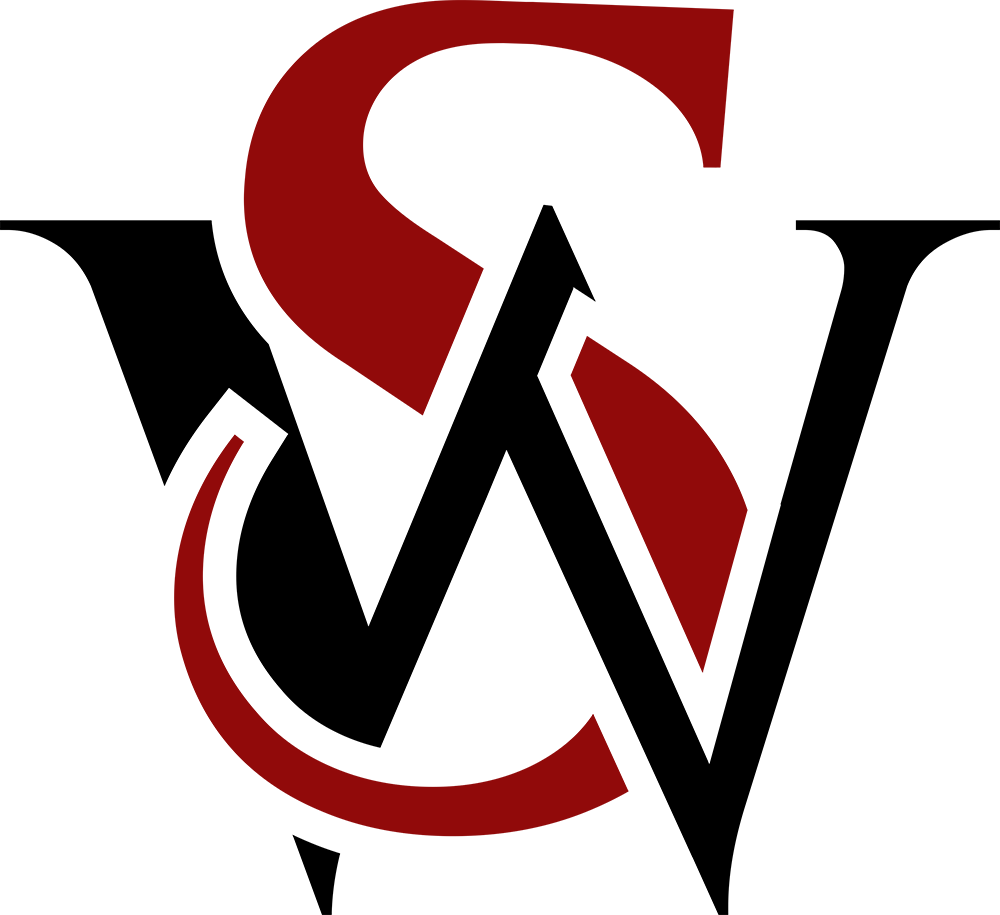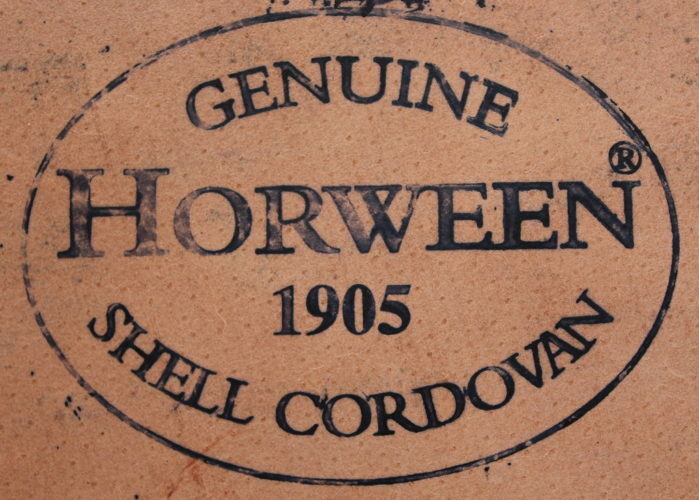By Steve Price
Leather is one of the truly time-tested pliable materials, useful in everything from our clothing and footwear to our sporting equipment and tools. The fashion industry has made use of leather for decades now, crafting exquisite handbags and boots alike with remarkable detail and an onus on workmanship. Yet, as omnipresent as leather is within the world of fashion, one would expect there to be a gaggle of leatherworking shops and tanneries all over the world to meet the demand placed upon this burgeoning sector of the industry. In the United States alone, one would surmise there to be at least hundreds of tanneries all over the country helping to contribute to the market demand.
In fact, the artform may be more selective than you think.
According to the Environmental Protection Agency, there are only one hundred and eleven tanneries currently in operation in the United States; of those one hundred and eleven, the scale of their respective operations varies considerably. The process of curing and tanning leather is, in some respects, becoming a lost art. And nowhere is that more evident than in one of the former hubs of commercial tanning and leatherworking, now reduced to a shell of its former glory in a highly specialized and competitive industry.
Once considered the mecca for leatherworking in the United States, Chicago, Illinois used to be prime real estate for tanneries. As a major railroad junction in the Midwest, Chicago was ground zero for America’s meat trade; as a byproduct of this, the presence of animal hides made Chicago America’s capital for leatherworking and tanneries. Once, there were dozens of tanneries in the Windy City alone; today however, only one tannery remains in operation on North Elston Avenue, continuing a tradition of excellence nonpareil that began in 1905 and thrives almost one hundred and twenty years later.
The Horween Leather Company is a Chicago institution, continuing its work in leatherworking that it began under Isadore Horween back in 1905. Having adopted the tanning trade in his native Ukraine, Chicago became a prominent location to emigrate to thanks to its proximity to the raw materials necessary for the leatherworking trade. Originally specializing in razor stops for the shaving industry, Horween introduced their famous aniline Chromexcel pull-up leather proprietary technique. According to the company, Chromexcel calls for using their own specialized bark retannage recipe, hot stuffing with natural oils and greases, all done through the handiwork of their master craftsmen. They are also renowned for their genuine Shell Cordovan leather, a six-month treatment process again done by hand with artisans steeping each shell in vegetable liquors, dried on glass frames, then dyed by hand to produce a deep aniline finish.
Of special note for American sporting fans: the Horween Leather Company is the exclusive provider of the leather utilized for the footballs used in the National Football League, the NFL. As if that privilege was not enough of a testament to the quality of their craftsmanship, they also supply the leather used in the basketballs of the National Basketball Association, the NBA. So the next time you turn on the television to watch your favorite pro teams on the court or on the gridiron go to work, they are enjoying the fine textures of Horween leather on their fingertips. During its years in operation, they were the primary supplier of football leather to the Arena Football League. They also specialize in making leather for baseball gloves as well!
One might assume that the leatherworks created by the Horween company found their way into mostly commercial uses; in fact, their clientele list included a who’s who of corporate titans over the course of the 20th century. One of their major emerging markets was in the sectors of automation and transportation, supplying leather in various guises to Chevrolet, Chrysler, Ford, General Motors, John Deere, and Pratt & Whitney Aviation. Their leather made it into everything from divers’ boots and knives to half tracks and tank transmissions for the U.S. Army, demonstrating leather’s versatility as both a commercial and industrial product.
So versatile was Horween’s handiwork in the tannery field that they became the sole distributor of leather to the U.S. Marine Corps during World War II, producing the leather necessary for the water-resistant footwear that marines would wear on the shores of North Africa during America’s first major campaign during the conflict.
The Horween family has retained control of the family business through four generations now, with Arnold Horween (1922-1984), Arnold Horween, Jr. (1953-2003), and Arnold ‘Skip’ Horween III (1972-Present) successfully steering the company to prosperity while virtually all of their in-city competitors went out of business. Today, about sixty percent of the leather processed by Horween goes into clothing and footwear, with the remaining forty percent going into sporting goods – the company has been the official leather provider for the sporting goods brand Rawlings since 1929, with over half of all Major League Baseball players using gloves boasting leather tanned by the company.
One might argue that the Horween Leather Company’s true marketplace niche is now in producing leather for footwear, however; their list of clientele is long and extensive, including some of the most noteworthy footwear brands in the industry. They currently supply leather to Allen Edmonds, Brooks Brothers, Chippewa Boots, Hanover Shoe and the Timberland Company. In the average week, Horween will process over 4,000 cowhides and over 1,000 horsehides, turning them into nearly 120,000 square feet of leather. And they continue using the same time-tested traditions that won them praise over the decades, demonstrating their continued quality and standard of excellence in a rapidly shrinking industry.
One of Horween’s corporate axioms relates to a quote from former CEO Arnold Horween, Jr. who captured the zeitgeist of the company succinctly: “As tanneries go we’re not the biggest, the fastest, or the cheapest, which means we need to be the best. Our business is built on doing things other people don’t, won’t, or can’t.” Their continued ability to thrive in a constantly shifting industry has established their ability to be the very best at what they do.



